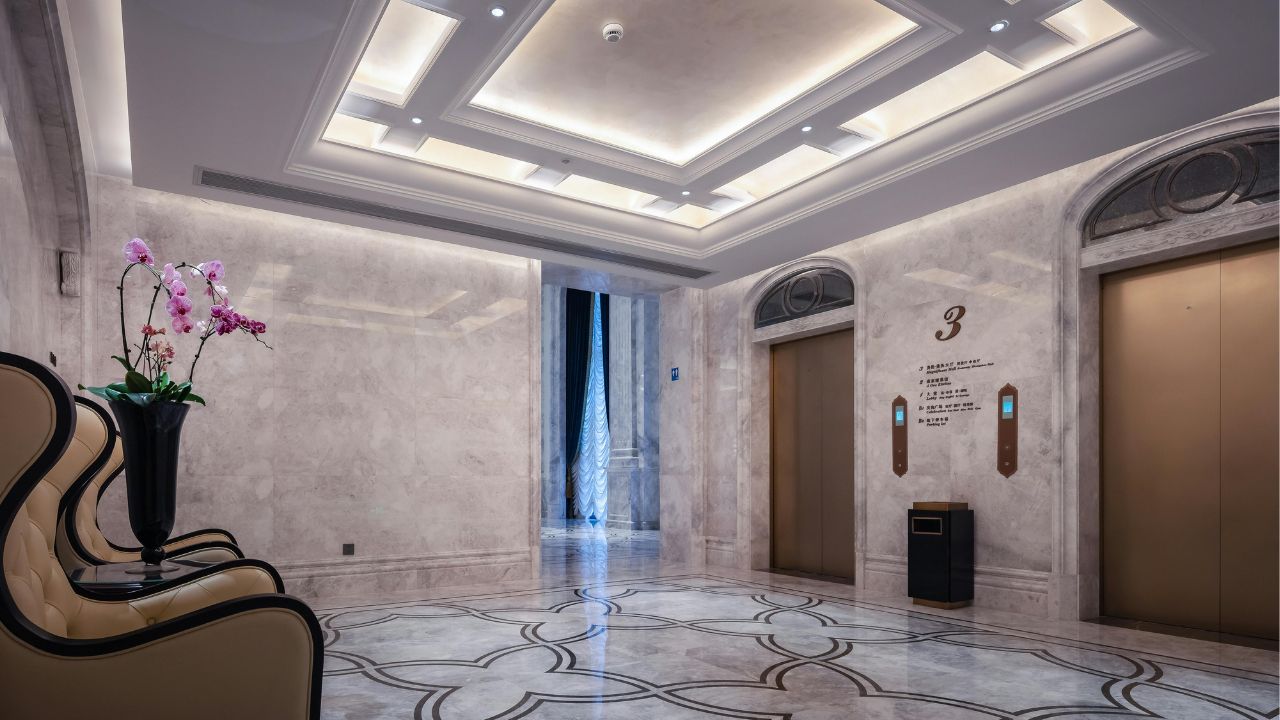
How Hospitality Services Should Direct Their Guests Without Face-To-Face Interactions
Part of running a hospitality business is being present and hospitable. That might seem obvious at first, but it’s often accumulated in the little efforts. For example, having a friendly reception desk, taking guest calls, adjusting bookings, responding to queries and complaints, and many more tasks that can take up any workday.
But while hospitality is often defined by these interactions, it’s true that your guests or customers aren’t always looking for a human interaction at every single moment. If you can direct them through the experience, make their stay intuitive and welcoming, and never leave a hanging question in the air, then the amount of work your front-facing staff have to deal with on a daily basis can be reduced.
This means you can offer a better standard of communication and care to those who really need it, such as when welcoming disabled guests, responding to noise complaints, or helping to run wider events within the building.
In this post, we’ll discuss how hospitality services can direct their guests without demanding face-to-face interactions at each step. Without further ado, please consider:
Make Directions Obvious From The First Step
It’s easy to forget how disorienting a new place can feel when you already know it like the back of your hand, which of course, both you, the management team, and your staff do. Yet for first-time guests (or even those returning after a while), the layout, entrances, and general flow of a property aren’t always so clear. This is especially true if you have a large hotel or a sprawling campus or resort.
That’s why clear signage at the start is worth investing in, in this case with entrance signs, directional pointers, and lobby instructions, as they can really smooth that initial complaint. It also means they’re less likely to ask you where to go. If someone pulls into a parking lot and isn’t quite sure which door leads to reception, they’ve already had a poor first impression before they’ve stepped inside. Guests don’t want to feel silly for pulling on the wrong door.
There are some good ways to counter this, such as small map by the front desk, or markers on the floor for the main areas to guide people. None of it has to be flashy or overdone, just clear and calm. That way, people feel gently guided instead of completely left to figure things out on their own.
Make Smart Signs Context-Based & Relevant
Of course, signage is essential, but how good your signage is will matter. A good sign should answer a question before it’s asked, and never be impeded, even if that nearby hedge is overgrowing.
Often, signs that are obviously guided but without necessary language warriors can help, which in this cae could be a simple arrow pointing toward the bathrooms, or it could be something more situational, like letting people know which lifts are out of order or where the shuttle bus stops after 10pm. This is where smart use of resort wayfinding really comes into play. People shouldn’t need to stop a staff member to ask which wing has the pool or where the spa treatment rooms are. If you have such wayfinding in place, it can even draw attention to your attractions and help the revenue of your services.
Placing signs at natural areas where decisions are made, such as right before a fork in the hallway, or where a staircase leads to multiple levels, will helps prevent second-guessing or wasted time from your staff.
Include Visual Cues For Different Areas
Not everything needs to be written out, because not everyone has the time to read a long sign or very extensive instructions. In fact, sometimes it’s better if it isn’t, as it forces you to think about design more.
That’s where visual cues can help most people. For instance, you might use different color schemes for separate floors, a certain scent near the spa, or softer lighting around rest zones or darker lighting around doors where staff enter so they don’t look appealing to the general public. Of course, certain signs, like red no entry signs, can be understood without words.
People are surprisingly good at picking up on these signals without thinking too hard. This means if a guest walks into a part of the hotel that feels warmer and more private, they’ll likely slow down and recognize it as a place to relax. If they enter a brighter, more energetic area with clear sight lines to the check in desk, they’ll know they’re closer to the entrance to a given zone. These shifts in atmosphere can help steer people around the space without saying a single word.
Let Digital Kiosks Handle Check-Ins Or Checklist Info
It’s good to have someone available at the front desk, but not every single guest needs a human for basic things like printing a receipt, confirming a checkout time, or finding local transport info. That’s where digital kiosks or touchscreen stations have become much more popular, especially if you’re letting in vast numbers of tourists per season.
Now, the idea isn’t to replace people entirely, but to take pressure off staff by handling all the easy stuff automatically. If someone arrives late and just wants to check in quickly, or needs a quick map of the resort, they should be able to sort that out in a few taps and to print off tickets or book in right there.
One or two digital touchpoints spread throughout the building can stop any throttling of the queues in the font desk, and make the entire place feel more guest-friendly, even if it’s close to full capacity.
Keep Signage Consistent Everywhere
It’s very important to make sure your signage around the property is absolutely consistent. If you’ve used different companies to develop signage or renovated certain areas of the space at different times, the details may require more attention here. For example, if the pamphlet map says “Fitness Center” and another one says “Gym,” it’s not the biggest problem in the world, but it still makes people stop and wonder if they’re headed to the right place. If they have to ask to clarify, well, that somewhat defeats the point of having the sign or the map in the first place.
As such, keeping terminology, symbols, and general design consistent throughout the property makes everything feel more polished, and if the hospitality space is at least ten years old, it’s good to review everything to make sure it matches.
This is especially useful if your property includes multiple buildings or shared spaces, because otherwise, guests might wander from one area to another and assume they’re in a different zone entirely just because the sign styles don’t match.
Have Well-Placed Temporary Sign Changes
Permanent signage does a lot of heavy lifting for the daily running of your business, but remember that temporary signs have a place when events are taking place. If there’s a wedding taking place in one wing, for instance, or a conference taking up the main hall, clear directions for where those guests should go will save everyone some stress. It can also direct people who aren’t invited to those events away from those areas and towards the usual guest experience. The same goes for when things shift around, like moving breakfast to a different room because of maintenance. A printed sign in a stand or mounted on an easel works fine.
Now, how you implement this signage may depend on what the event is. You may have seen fancy, graphically designed banners that help show the itinerary of a corporate event, and perhaps those renting the space would like to place those personally. You can work with them on this. Or, if you have digital signs or screens outside certain hosting space, you can custom-design this yourself and manage it appropriately. That’s good if you need to shift the space quickly from day to day, such as if you have booked summer events with many different clients coming through.
Train Staff To Reinforce What’s Already There
You can have the best signage in the world, but if staff give different directions or use different names for rooms and facilities, it can easily muddy the message. So, it’s a good idea to make sure everyone on the team is working off the same page and that they know what the most common confusion points are.
That way, when someone asks where the leisure center is, they’re not getting a blank stare because the staff know it as the “health suite” or something else that doesn’t quite match. Also remember that certain guests from certain areas of the world might not call fixtures the same name, and so being mindful about that is important.
After all, while this post has been about saving your staff time, it’s also true that they need to be capable when customers or guests do need their help.
WIth this advice, we hope you can more easily direct guests without necessarily taking up more staff time than you need to.





